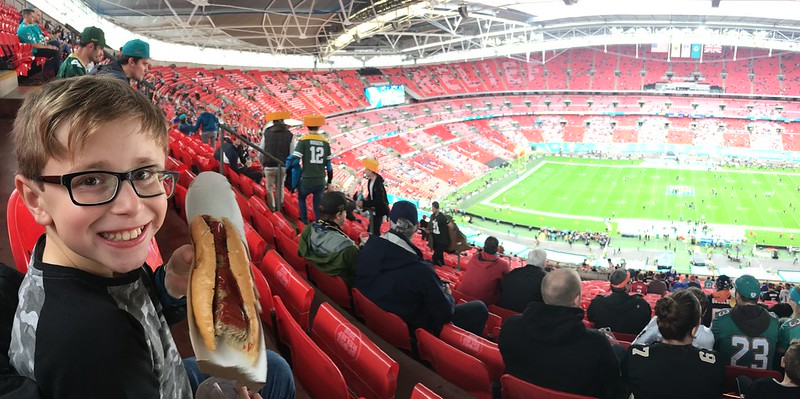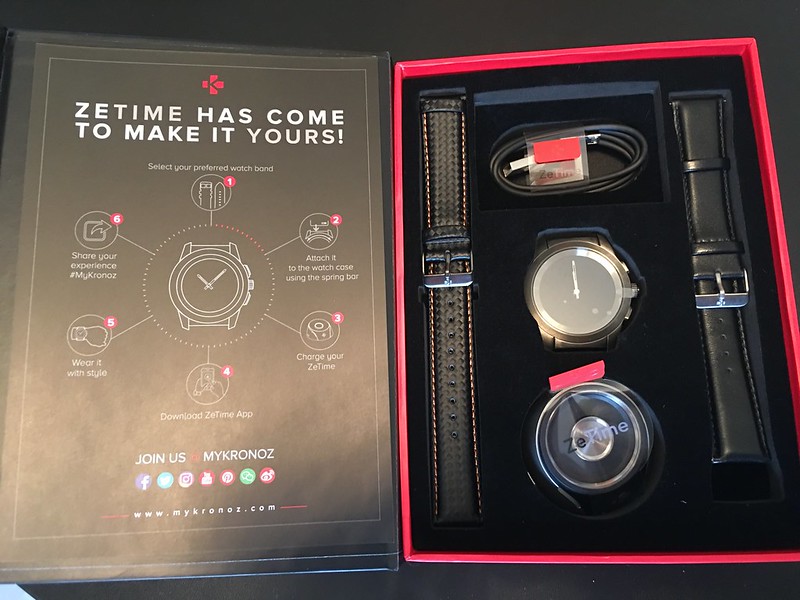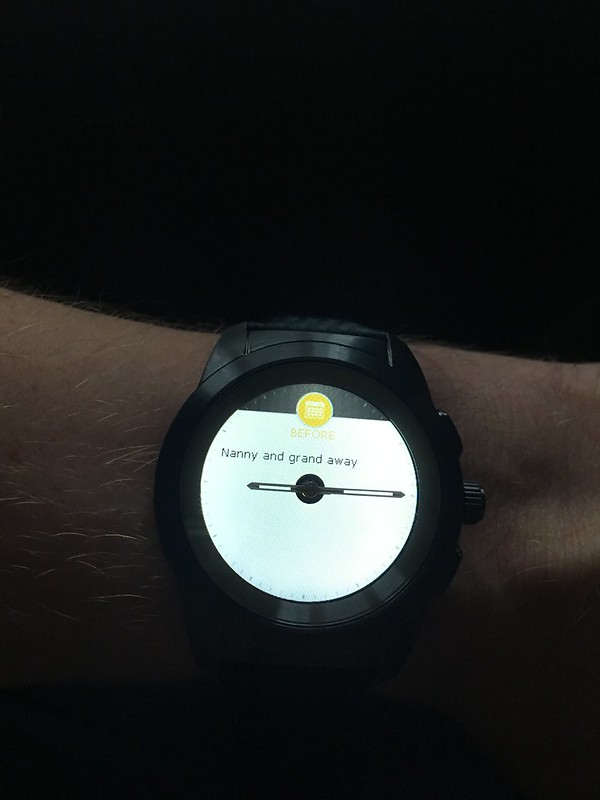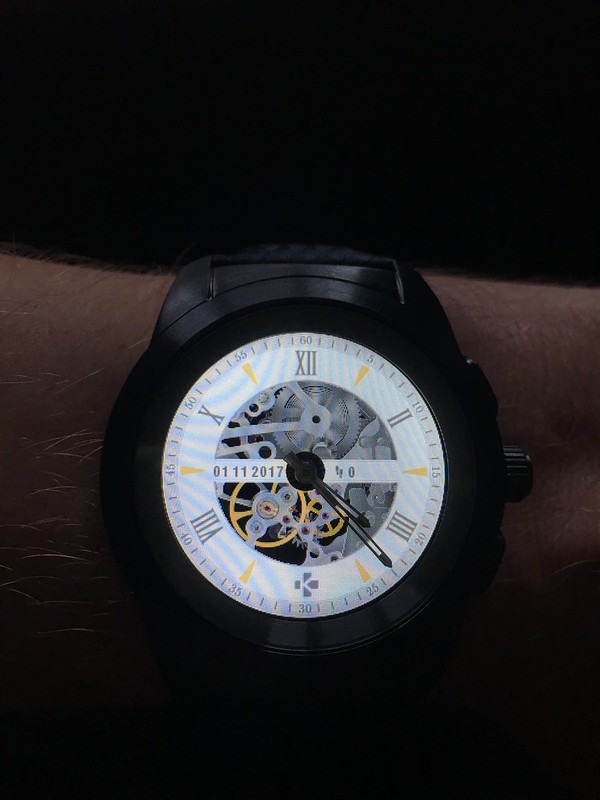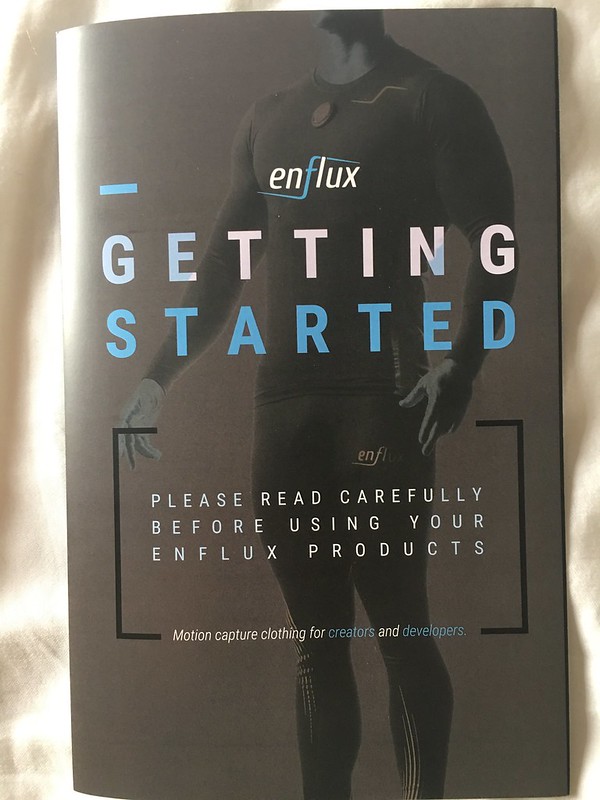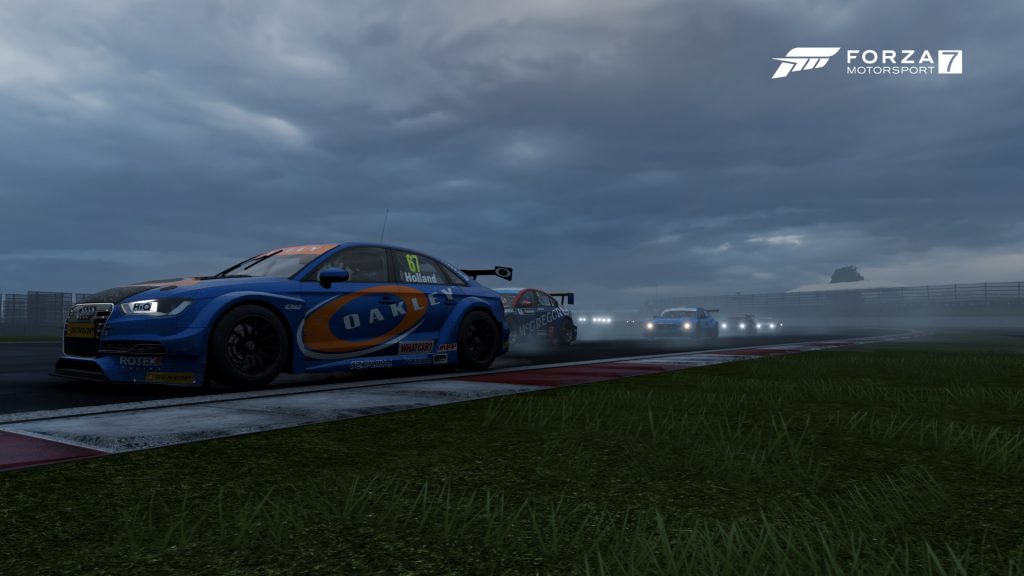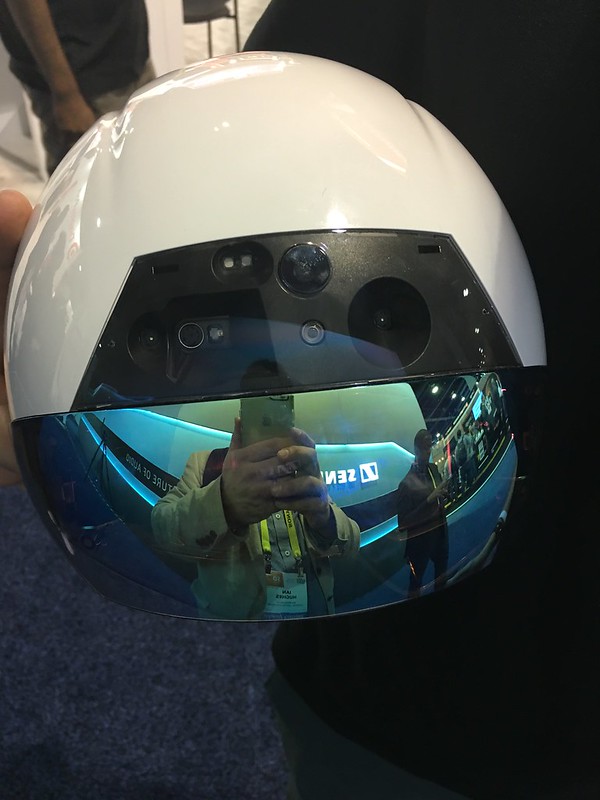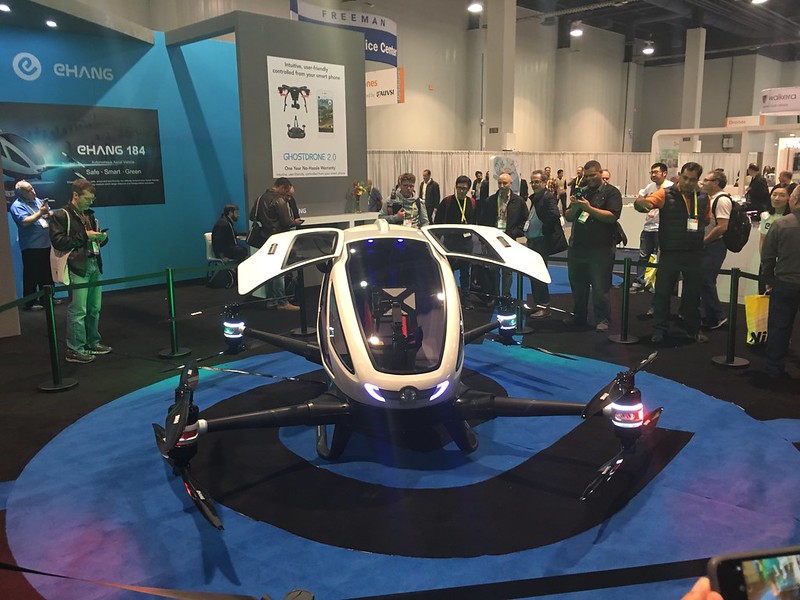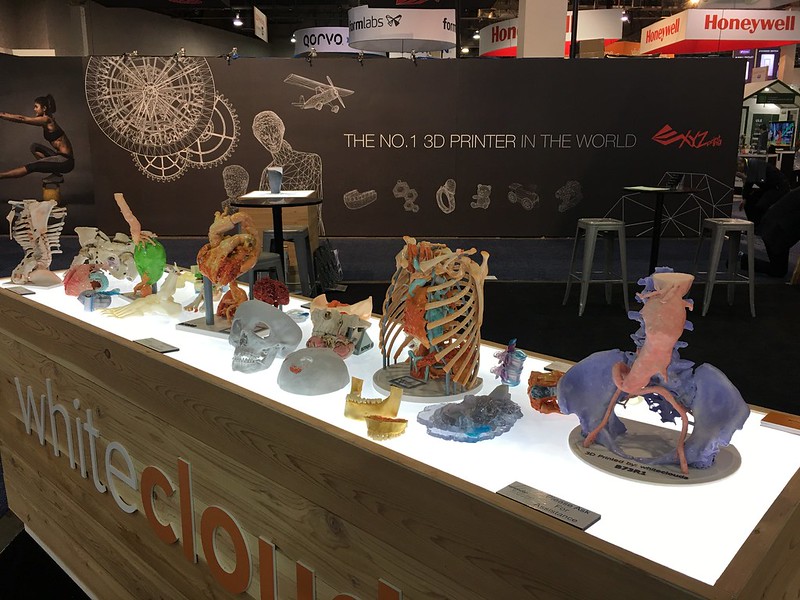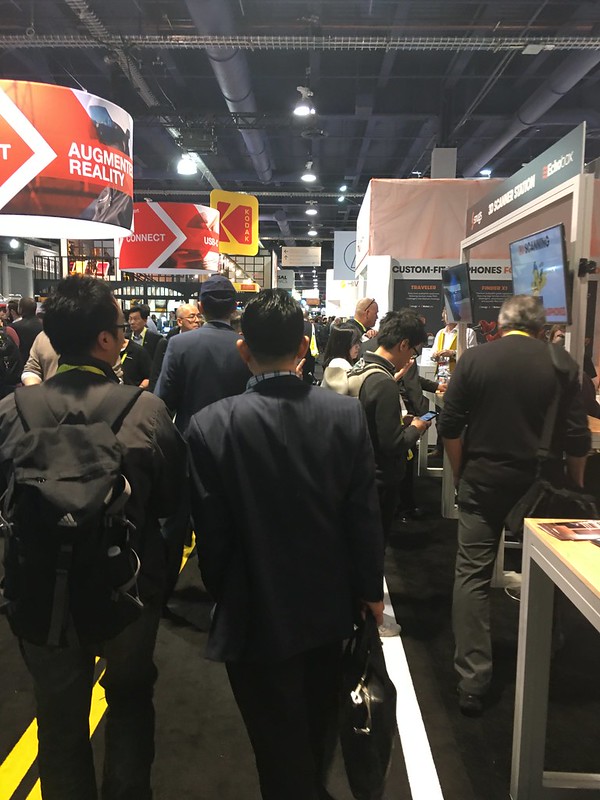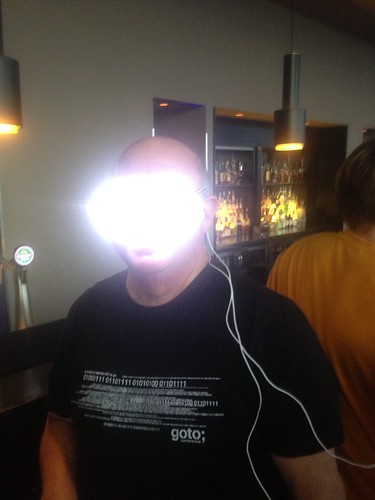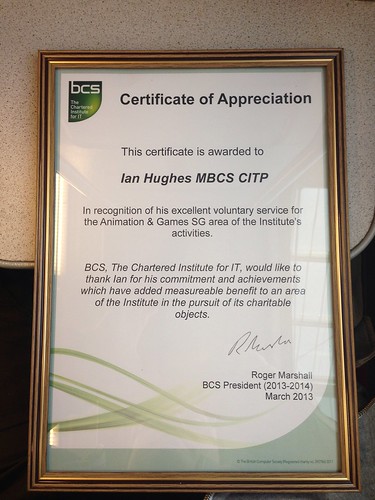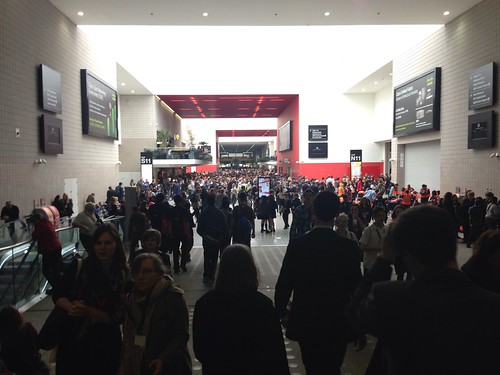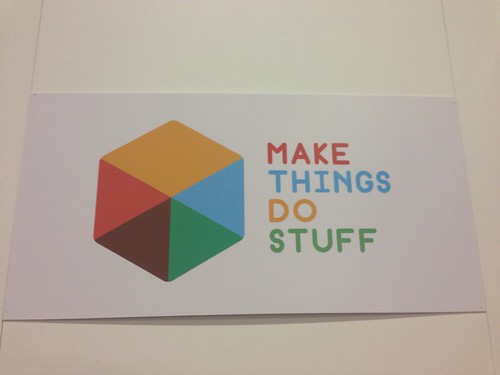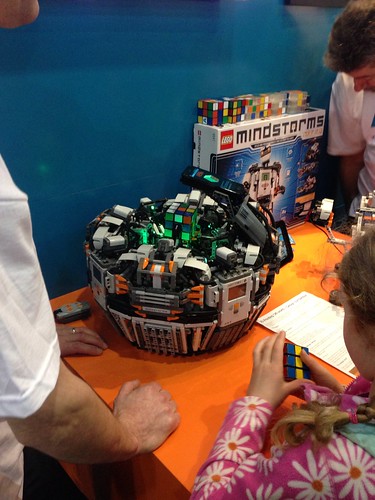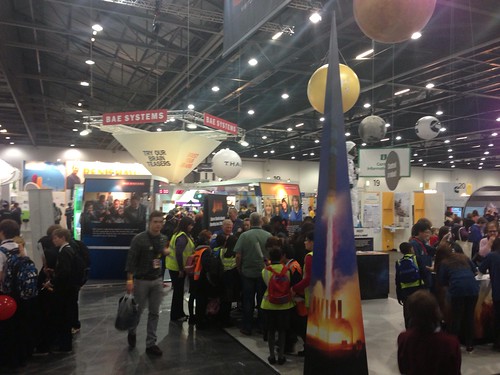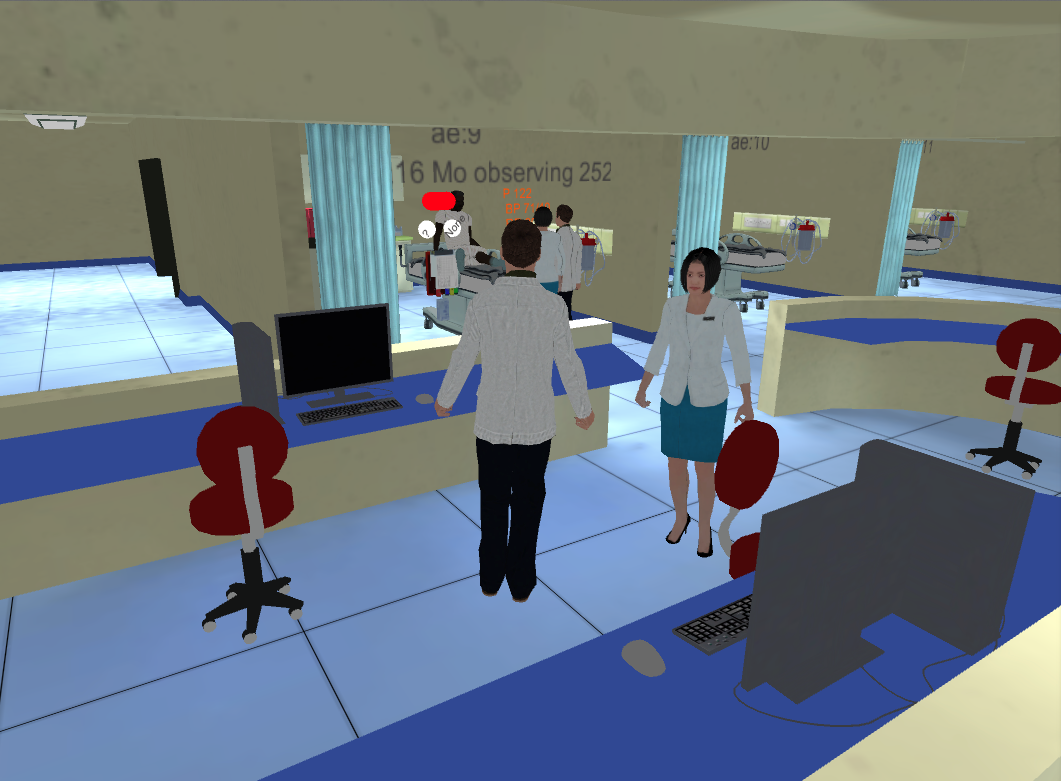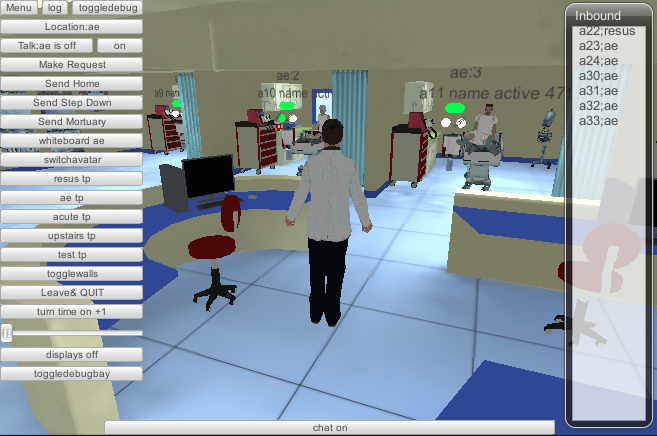Last week I took a day out from some rather intense Unity3d development to head off to North Wales to Bangor. My fellow BCS Animation and Games Dev colleague Dr Robert Gittins invited me to keynote at a New Computer Technologies Wales event on Animation and Games 🙂
It is becoming an annual trip to similar events and it was good to catch up with David Burden of Daden Ltd again as we always both seem to be there.
As I figured that many of the people there were going to be into lots of games tech already I did not do my usual type of presentation, well not all the way through anyway. I decided to help people understand the difference between development in a hosted virtual world like Second Life and developing from scratch with Unity3d. This made sense as we had Unity3d on the agenda and there were also projects from Wales that were SL related so I though it a good overall intro.
I have written about the difference before back here in 2010 but I thought I could add a bit extra in explaining it in person and drawing on the current project(s) without sharing too much of things that are customer confidential.
I did of course start with a bit about Cool Stuff Collective and how we got Unity3d on kids TV back on the haloween 2010 edition. This was the show that moved us from CITV to ITV prime saturday morning.
I added a big slide of things to consider in development that many non game developers and IT architects will recognise. Game tech development differs in content to a standard application, the infrastructure is very similar. The complication is in the “do something here” boxes of game play and the specifics of real time network interaction between clients. Which is different to many client server type applications (like the web)
After that I flipped back from tech to things like Forza 5 and in game creation of content, Kinect and Choi Kwang Do, Project Spark and of course the Oculus Rift. I was glad I popped that in as it became a theme throughout the pitches and most people mentioned it in some way shape of form 🙂
It was great to see all the other presentations too. They covered a lot of diverse ground.
Panagiotis Ritsos from Bangor University gave some more updates on the challenges of teaching and rehearsing language interpretation in virtual environments with EVIVA/IVY, the Second Life projects and now the investigations into Unity3d.
Llyr ap Cenydd from Bangor University shared his research on procedural animation and definitely won the prize for the best visuals as he showed his original procedural spider and then his amazing Oculus Rift deep sea experience with procedural generated animations of Dolphins.
Just to help in case this seems like gobbledegook. very often animations have been “recorded” either by someone or something being filmed in a special way that takes their movements and makes them available digitally as a whole. Procedural generation uses a sense and respond to the environment and the construction of the thing being animated. Things are not recorded but happen in real time because they have to. An object can be given an push or an impulse to do something, the rest is discovered but he collection of bits that make up the animated object. It is very cool stuff!
Just before the lunch break we had Joe Robins from Unity3d, the community evangelist and long term member of the Unity team show us some of the new things in Unity 5 and have a general chat about Unity. He also did a session later that afternoon as a Q&A session. It was very useful as there is always more to learn or figure out.
We all did a bit of a panel, quite a lot of talk about education of kids in tech and how to just let them get on with it with the teachers, not wait for teachers to have to become experienced programmers.
After lunch it was Pikachu time, or Pecha Kucha whatever it is called 🙂 http://www.pechakucha.org 20 slides each of 20 seconds in a fast fire format. It is really good, covers lots of grounds raises lots of questions.
David Burden of Daden Ltd went first. VR the Second Coming of Virtual Worlds exploring the sudden rise of VR and where it fits in the social adoption and tech adoption curves. A big subject, and of course VR is getting a lot of press as virtual worlds did. It is all the same, but different affordances of how to interact. They co-exist.
Andy Fawkes of Bohemia Interactive talked about the Virtual Battlespace – From Computer Game to Simulation. His company has the Arma engine that was originally used for Operation Flashpoint, and now has a spin of with the cult classic Day Z. He talked about the sort of simulations in the military space that are already heavily used and how that is only going to increase. An interesting question was realised about the impact of increasingly real simulations, his opinion was that no matter what we do currently we all still do know the difference and that the real effects of war are drastically different. The training is about the procedures to get you through that effectively. There has been concern that drone pilots, who are in effect doing real things via a simulation are to detached from the impact they have. Head to the office, fly a drone, go home to dinner. A serious but interesting point.
Gaz Thomas of The Game HomePage than gave a sparky talk on How to entrain 100 million people from your home office. Gaz is a budding new game developer. He has made lots of quick fire games, not trained as a programmer he wanted to do something on the web, set up a website but then started building games as ways to bring people to his site. This led to some very popular games, but he found he was cloned very quickly and now tries to get the mobile and web versions released at the same time. It was very inspirational and great to see such enthusiasm and get up and go.
Ralph Ferneyhough of newly formed Quantum Soup Studios talked about The New AAA of Development – Agile, Artistic, Autonomous. This was a talk about how being small and willing to try newer things is much more possible and needed that the constant churn in the games industry of the sequel to the sequel of the sequel. The sums of money involved and sizes of projects leads to stagnation. It was great to hear from someone who has been in the industry for a while branching out from corporate life. A fellow escapee, though from a different industry vertical.
Chris Payne of Games Dev North Wales gave the final talk on Hollywood vs VR:The Challenge Ahead. Chris works in the games industry and for several years has been a virtual camera expert. If you have tried to make cameras work in games, or played one where it was not quite right you will appreciate this is a very intricate skill. He also makes films and pop videos. It was interesting to hear about the challenges that attempting to do 360 VR films is going to have for what is a framed 2d medium. Chris showed a multi camera picture of a sphere with lenses poking out all around it, rather like the star wars training drone on the Millennium Falcon that Luke tries his light sabre with. This new camera shoots in all directions. Chris explain though that it was not possible to build one that was stereoscopic. The type of parallax and offsets that are needed can only really be done post filming. So a lot has to be done to make this giant 360 thing able to be interacted with in a headset like the rift. However that is just the start of the problems. As he pointed out, the language of cinema, the tricks of the trade just don’t work when you can look anywhere and see anything. Sets can’t have crew behind the camera as there is no behind the camera. Story tellers have to consider if you are in the scene and hence acknowledged or a floating observer, focus pulls to gain attention don’t work. Instead game techniques to attract you to the key story elements are needed. Chris proposed that as rendering gets better it is more likely that the VR movies are going to be all realtime CGI in order to be able to get around the physical problems of filming. It is a fascinating subject!
So it was well worth the 4am start to drive the 600 miles round trip and back by 10pm 🙂
